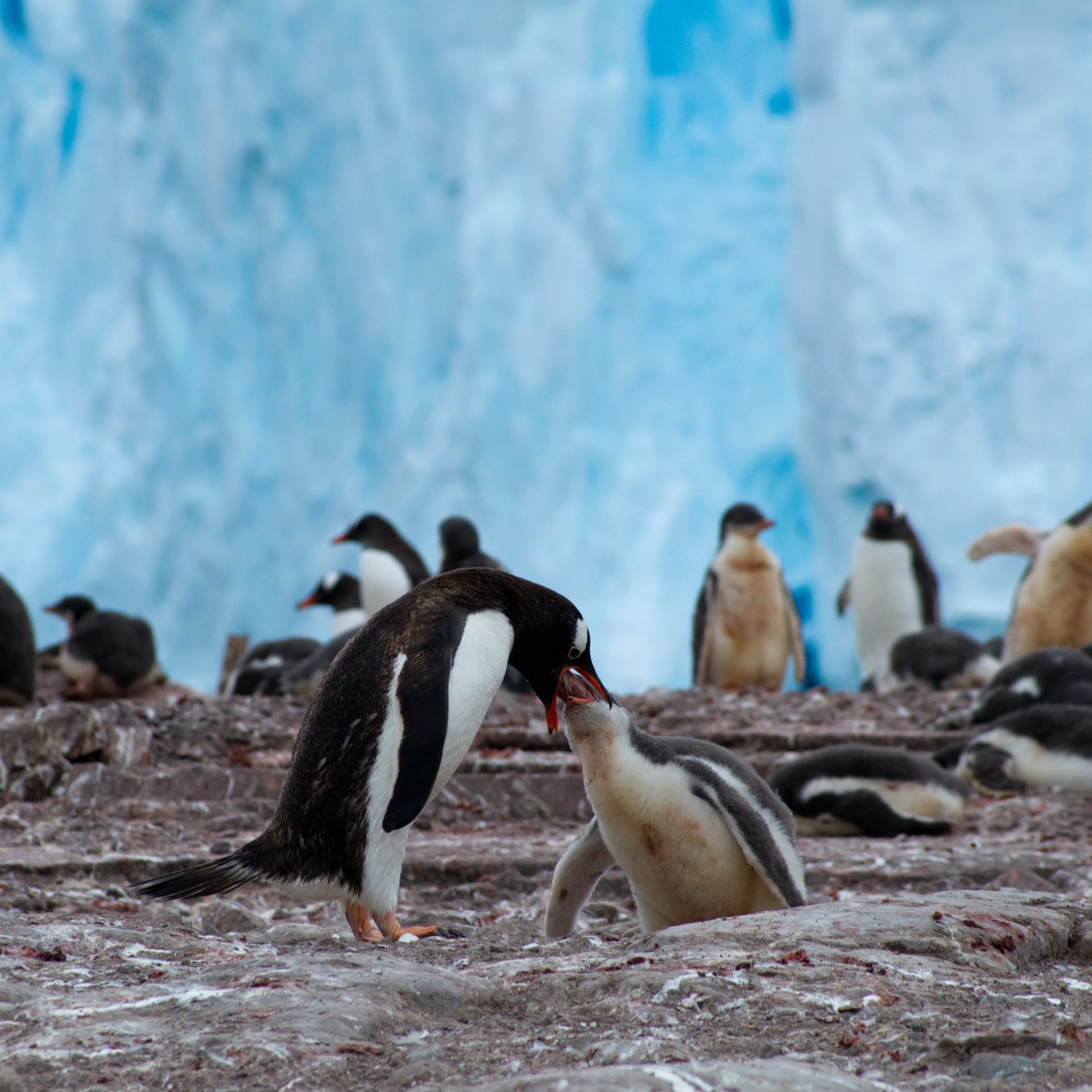Lange Nacht der Wissenschaften 2023 – Meet Pepper
Who is Pepper? The humanoid robot we use in our labs helps us understand social interactions between robots and humans, and if it’s easy to see why that works so well. Pepper is designed to quickly develop a connection with its human interlocutor. Come and try it for yourself!
















